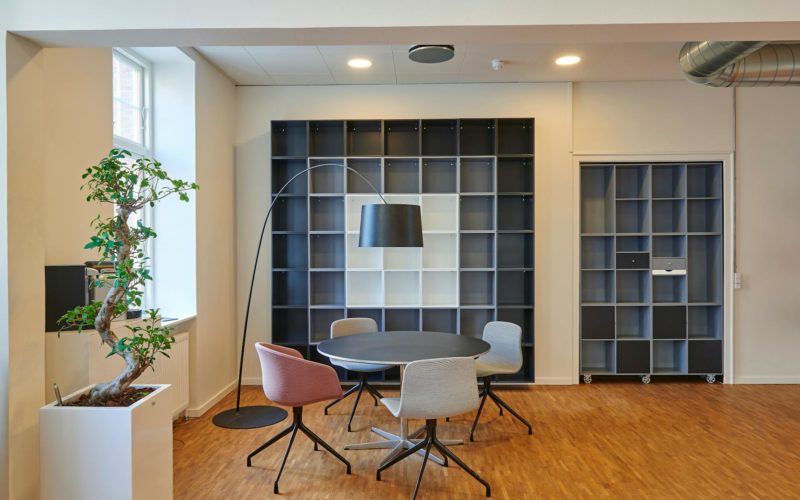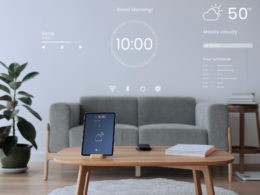Improving energy efficiency in your building is one of the smartest ways to save money and reduce your environmental impact. Buildings consume a significant amount of energy for heating, cooling, lighting, and appliances, which adds up to high utility costs. By adopting energy-efficient strategies, you can lower these costs while also reducing your carbon footprint.
This article covers practical strategies that can help enhance energy efficiency in a commercial building.
1. Conduct an Energy Audit
The first step in improving energy efficiency is knowing where energy is being used — and wasted. Conducting an energy audit provides a clear picture of the building’s energy consumption patterns. This can be done by hiring a professional auditor who will assess your facility and identify areas of inefficiency. A detailed audit will reveal issues such as air leaks, outdated equipment, and excessive energy usage during peak hours.
Even a basic self-assessment can be effective. Walk through the building and check for obvious energy drains, like lights left on in empty rooms or appliances that remain plugged in when not in use. Once problem areas are identified, you can develop an action plan to address them, whether through maintenance, equipment upgrades, or operational changes.
2. Upgrade Building Insulation
Insulation plays a critical role in energy efficiency, especially in buildings located in areas with extreme weather. Poor insulation allows heat to escape in the winter and makes it harder to cool interiors in the summer. Upgrading insulation ensures that your heating and cooling systems don’t have to work overtime, resulting in lower energy bills.
If your building project involves renovations or multi-family commercial remodeling, make sure to incorporate high-quality insulation materials. This is the perfect time to upgrade insulation in walls, roofs, and attics. You can also improve efficiency by sealing gaps around windows and doors, as these are common sources of air leakage. Well-insulated buildings maintain stable temperatures more easily, requiring less energy to stay comfortable throughout the year.
3. Install Energy-Efficient Windows and Doors
Windows and doors are among the most overlooked components when it comes to energy loss. Traditional windows can allow heat to escape during winter and let heat in during summer, forcing HVAC systems to work harder to maintain a comfortable indoor temperature. Replacing old windows and doors with energy-efficient models can significantly reduce these energy losses.
Look for windows with double or triple glazing and frames that provide good thermal insulation. Moreover, doors with proper weather stripping help prevent drafts and unnecessary heat transfer. If a full replacement isn’t feasible, applying window films or sealing air leaks around existing windows can also enhance energy efficiency.
4. Optimize Heating, Ventilation, and Air Conditioning (HVAC) Systems
Heating and cooling systems account for a large portion of energy use in most buildings. If these systems are outdated or poorly maintained, they can consume more energy than necessary. Regular maintenance and optimization of HVAC systems are essential to ensure they function efficiently.
Consider upgrading to energy-efficient HVAC models that are designed to use less energy while providing the same level of comfort. Programmable thermostats also allow for better control over indoor temperatures, ensuring that the system isn’t running when it’s not needed. Simple maintenance tasks like changing air filters and inspecting ducts for leaks will further enhance system performance and reduce energy consumption.
5. Utilize Smart Building Technologies
Smart technology offers an easy way to optimize energy usage with minimal effort. Installing smart thermostats allows you to set temperature schedules, ensuring that heating or cooling systems run only when needed. Some models also learn from user behavior and automatically adjust settings for optimal performance.
In addition to thermostats, smart lighting systems allow for better energy management. Lights can be programmed to turn off when rooms are not in use, and motion sensors ensure that lights activate only when someone enters the space. These automated systems reduce waste while adding convenience. Implementing smart building technologies provides both short-term and long-term benefits, including lower utility bills and a smaller carbon footprint.
6. Switch to LED Lighting
Lighting is one of the easiest areas to target when improving energy efficiency. Traditional incandescent bulbs consume more electricity and generate heat, making them inefficient compared to modern alternatives. LED lights offer a simple yet impactful solution, as they use up to 75% less energy and last significantly longer than incandescent or fluorescent bulbs.
Switching to LED lighting reduces energy costs over time and decreases the need for frequent replacements. This makes LEDs ideal for high-use areas like hallways, stairwells, and parking lots. Many LED options also come with dimming features, giving you more control over lighting intensity and further saving energy when full brightness isn’t necessary.
7. Invest in Renewable Energy Sources
Using renewable energy sources like solar or wind power is another way to make your building more energy-efficient. Solar panels, for example, convert sunlight into electricity, helping reduce your reliance on grid power and lowering utility bills. While the upfront installation costs can be high, incentives like tax credits and rebates can help offset some of the expense.
Buildings with renewable energy systems can even generate extra energy, which can be sold back to the grid in some places. Whether it’s through rooftop solar installations or purchasing green energy from utility providers, embracing renewables contributes to both energy efficiency and sustainability. Over time, this investment provides long-term savings and environmental benefits.
Conclusion
Improving energy efficiency in your building doesn’t require drastic changes—small adjustments across various systems add up to meaningful savings. Whether you’re upgrading HVAC systems or switching to LED lighting, every step brings your building closer to being more efficient. By adopting these strategies, you can reduce energy consumption, cut costs, and create a more sustainable and comfortable environment for everyone involved.












